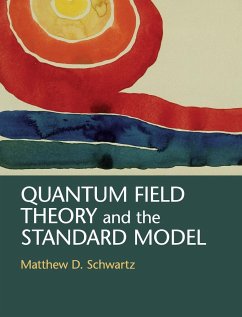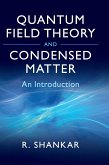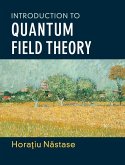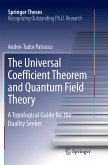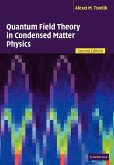Providing a comprehensive introduction to quantum field theory, this textbook covers the development of particle physics from its foundations to the discovery of the Higgs boson. Its combination of clear physical explanations, with direct connections to experimental data, and mathematical rigor make the subject accessible to students with a wide variety of backgrounds and interests. Assuming only an undergraduate-level understanding of quantum mechanics, the book steadily develops the Standard Model and state-of-the-art calculation techniques. It includes multiple derivations of many important results, with modern methods such as effective field theory and the renormalization group playing a prominent role. Numerous worked examples and end-of-chapter problems enable students to reproduce classic results and to master quantum field theory as it is used today. Based on a course taught by the author over many years, this book is ideal for an introductory to advanced quantum field theory sequence or for independent study.
'This is an excellent graduate-level relativistic quantum field theory text, covering an impressive amount of material often with a very novel presentation. It would be ideal either for courses on relativistic quantum field theory or for courses on the Standard Model of elementary particle interactions. The book provides interesting insights and covers many modern topics not usually presented in current texts such as spinor-helicity methods and on-shell recursion relations, heavy quark effective theory and soft-collinear effective field theory. It is nice to see the modern point of view on the predictive power of non-renormalizable theories discussed. Once in a generation particle physicists elevate a quantum field theory text to the rank of classic. Two such classics are the texts by Bjorken and Drell and Peskin and Schroeder; it wouldn't surprise me if this new book by Schwartz joins this illustrious group.' Mark Wise, California Institute of Technology

